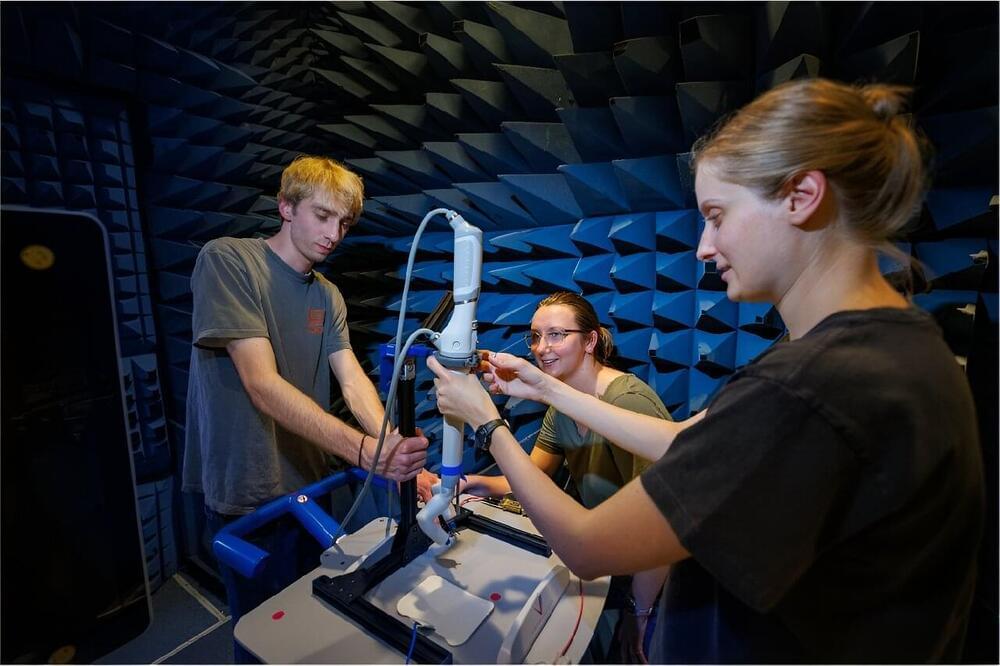Ford is open to partnering with the competition on affordable EVS to get a leg up on Chinese EV makers. Jim Farley, Ford’s CEO, said if you cannot compete with the Chinese, “then 20% to 30%” of your revenue is at risk.
Speaking at a Wolfe Research conference Wednesday, Farley explained, “As the CEO of a company that had trouble competing with the Japanese and the South Koreans, we have to fix this problem.”
Ford’s leader explained that the company “decided pretty quickly to bet on smaller EV platform.” He said since the middle of 2023, “We have assumed that we have to basically sell an EV at a hybrid premium. There is no more money for customers than that.”








